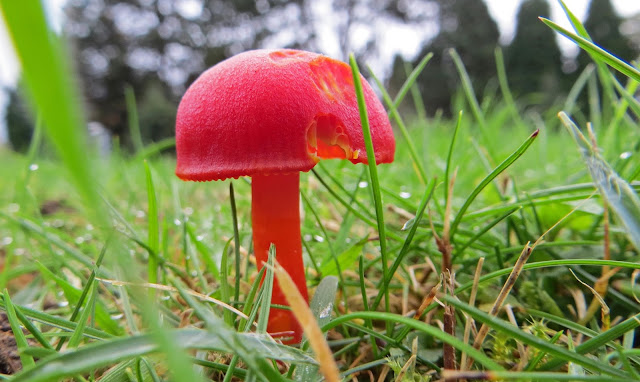Here in the British Isles we have already been blasted by two major
storms this autumn/winter season. In quick succession, first Abigail and then
Barney raced across us, bringing gale-force winds and sleet showers, torrential
rain and subsequent flooding.
What intrigued me about
these storms was their names and, after a little research, I discovered the
list of storm names for autumn and winter 2015/16 has, in fact, been chosen for
the very first time by members of the public. Using email, Facebook and
Twitter, people were able to propose the storm names that will now be used by the
UK Met Office and Met Eireann over the coming months.
Out of
curiosity I checked to see if my name was on the list – it isn’t – but that in
turn led me to wondering if there had ever been a storm named Annie … and, of
course, there has been. In fact, Annie has been the name of several different
types of storms, raging far and wide around the world.
 |
| Hurricane photographed from the International Space Station, image courtesy of Wikimedia Commons |
Firstly
though, let’s just clarify the terminology for these storms, something that
confuses a lot of people. Broadly speaking, the names are location dependent: in
the Atlantic and northeast Pacific the term hurricane is used, if the storm is
located in the northwest Pacific it’s called a typhoon, and if it’s located in
the Indian Ocean or south Pacific, it’s called
a cyclone.
The
word ‘typhoon’ may originate from tai
fung, meaning wind that strikes, or from the Greek monster Typheous, the father of storms. The
origin of the word ‘cyclone’ is also unclear; it may come from the Greek verb kuklos, meaning to rotate, or perhaps
from Cyclops, the one-eyed monster.
Bad
weather usually begins life as a ‘low’ or a ‘depression’, may develop into what
we would usually call a storm as the wind and rain intensifies, and only officially
becomes a hurricane, typhoon or cyclone once the winds are averaging 74 miles
per hour (64 knots or 118 kmph) or more. Major hurricanes are further categorised
by number once they reach Category 3 on the
Saffir-Simpson Hurricane Wind Scale (that’s between 111-129 mph, 96-112 knts or 178-208
kmph). At that point, devastation is likely and we should all be under cover somewhere
safe!
Now
let’s get back to those storms named Annie. Due to their location, typhoons
usually have Asian names so there haven’t been any typhoons named Annie (though
there have been both a greyhound, in Australia, and a racehorse, in New
Zealand, called Typhoon Annie; neither was successful!).
According
to Weather Underground, there was a tropical cyclone
named Annie in the southern Indian Ocean
between 28 October and 4 November 1969. She started out as a normal tropical
depression (above left), then strengthened to a category 1 cyclone, with winds gusting between
74 and 95 mph, but fizzled out after about week without making landfall. And there
was another named Annie in the same area (above right) in November/December 1973, which also
worsened from tropical depression status to a category 1 cyclone. Luckily,
though winds were gusting to 90 mph (78 knots or 145 kmph) at the Cocos Islands , this Annie also dissipated without causing
any damage.
 |
| Devastation caused by Hurricane Annie, images courtesy of Wikimedia Commons |
However, I was rather shocked to discover that Hurricane Annie was the most powerful hurricane
ever to hit the United
States
The Labor Day storm
[on 2 September 1935] was a category 5 hurricane that killed 408 people in the Florida Keys . People caught in the open were blasted by
sand with such force that it stripped away their clothing. The storm destroyed Henry
Flagler's railroad that connected Key
West
Those who
perished in the storm included 259 World War I veterans living in three
Civilian Conservation Corps camps while they worked constructing the Overseas Highway
Damage in the United States U.S. coast was Camille,
which hit Mississippi
 |
| Burial of the 1835 hurricane victims, image courtesy of Wikimedia Commons |
If you are interested, there is more information about the
hurricane on Wikipedia, including a list of publications that
have been written about it, and news channel Local10 also has a news bulletin
showing images of the destruction caused by Hurricane Annie 80 years ago.
What a sobering discovery it was to learn
that a hurricane with my name had caused such devastation and loss of life, and
what a terrible tragedy for the people of Florida




















































